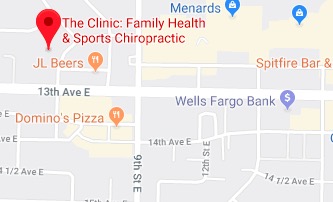 Surgery vs. Placebo…the results may just surprise you!
Surgery vs. Placebo…the results may just surprise you!
In 2002, the New England Journal of Medicine published an astounding study on knee pain that sent astounded its authors…and those that read it. It is often referred to as ‘The Baylor Study’, since it was performed at Baylor University. They found that common arthroscopic knee surgery was no better than placebo for relief of knee pain. The study included over 180 participants who volunteered to either have real surgery…or fake surgery. After following the participants for two years…they found that the people that didn’t actually get surgery did better than those who did!
So what explains that?
Belief. The belief that something had been ‘fixed’ caused people to work through the pain and get their knee more active. The only commonality between the two groups was that both were given home exercise programs. But…why did the surgery group fair worse?
The surgery did it. Anytime there is surgery to the body, there is traumatic insult to tissues. Tissue gets cut and the body has to mount a healing response. Anytime the body has to heal tissue, it results in scarring. Scarring changes how a joint will move and function. Even the best rehab in the world cannot restore 100% function to a joint. The joint changes how it moves…and new damage develops over time. That’s why we often hear people say, “It just hasn’t been the same since I had surgery.”
Although many people really need surgery, there are many that don’t and it is recommended too soon. Many times people will try therapy with a specialized professional, but as soon as working with that person doesn’t fix the problem, the next step in pain management is taken…leading people closer to surgery. Yet, sometimes the next step should be trying someone else…instead of trying another different specialty altogether.
If you’re tired and frustrated of hurting…of not being able to do what you want to do…sometimes all it takes is having a different look at the problem. Our doctors are trained in advanced soft tissue techniques that can often get to the source of the problem without expensive imaging, injections or unneeded surgery.
The first step…is getting checked. If we can help you find out what’s getting in your way, please let us know.


